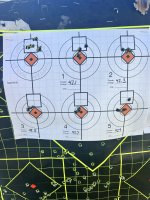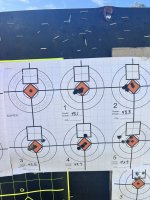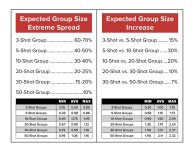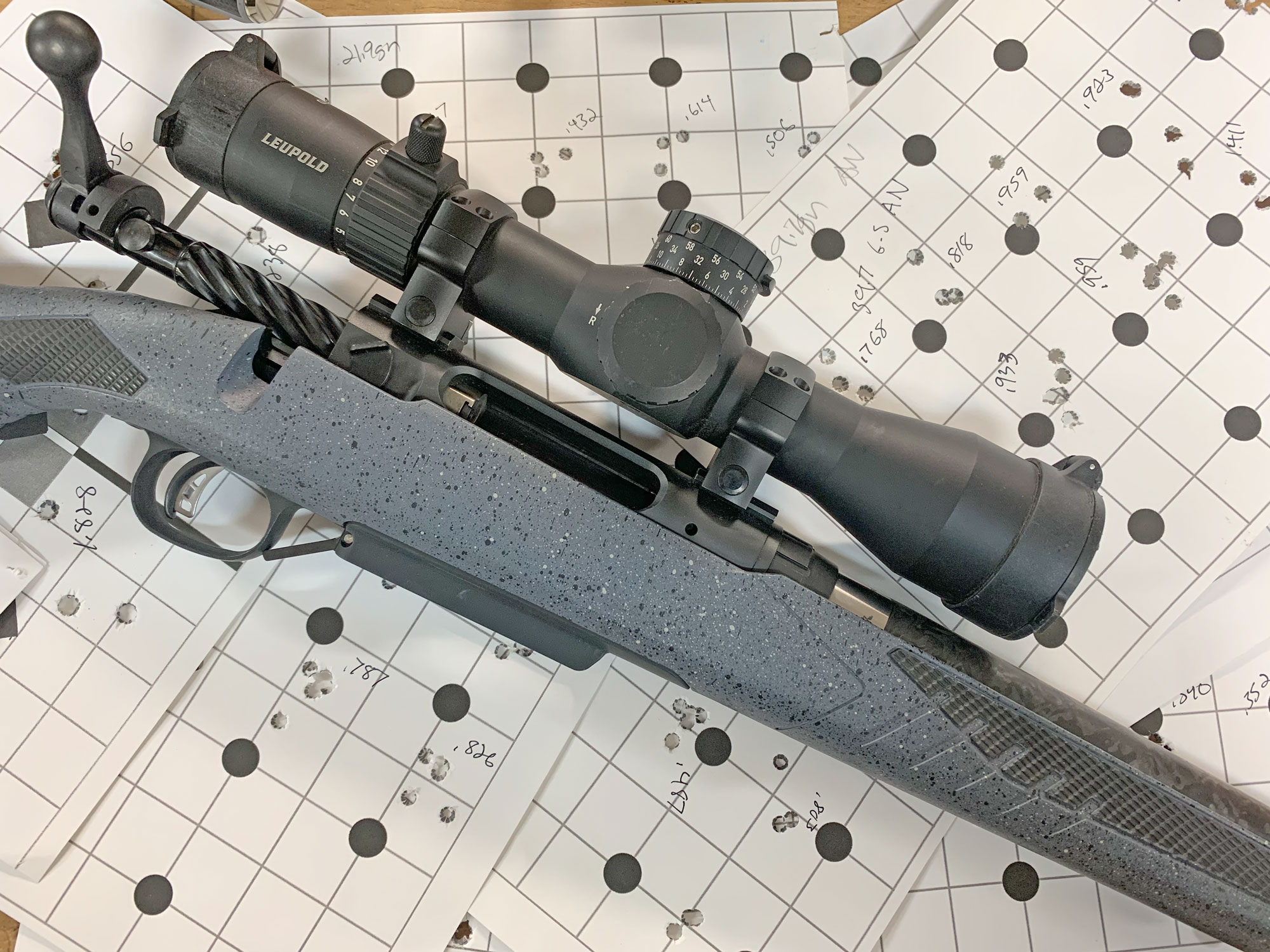I have to question if you read the article. There are so many things wrong with this test and some of the author's conclusion.
For instance: "The theory of vibration nodes timed with bullet exit seems logical when an accomplished shooter and reloader is confidently lecturing you on the subject. But if this were true, your perfect node load would go out the window with any major change in temperature that altered your velocity. Ultimately, it just doesn’t hold up to large sample testing, not even a little bit."
This statement is bluntly in error. Vibration is a sinusoidal movement and the barrel is moving velocity is slower at the point of maximum travel and hence its position with time is changing less than when it is passing through is natural position at rest. Hence vibration theory would predict that there are points where the point of aim does not change as much with change in barrel time.
Another. "OCW Node: Based on accuracy, I pegged the OCW node at 22.3 grains because charge weights of 22.1, 22.3, and 22.5 grains had the closest consecutive mean points of impact (a .22-inch spread)"
His conclusion: "The lowest charge weight produced the tightest accuracy, and it slowly increased along with charge weight, with the book maximum producing the largest group size and mean radius."
and
View attachment 8495827
Nowhere did he compare mean (average) point of impact to his original premise. He should have shot his 30 shots at 22.1, 22.3, and 22.5 gn. versus others. Also his point about group size increasing is based on the position of only 2 shots out of 30. Examining the mean radius the numbers do not appear to reflect a.change in precision (not accuracy) which is what he is trying to demonstrate.
He went to great trouble to calculate the mean radius for his data in test. However, not once did he bother to analyze whether or not the
mean radius differences were stistcically significant nor does he provide any data for his 30 shot mean point of impact.
I could go on but why bother!






